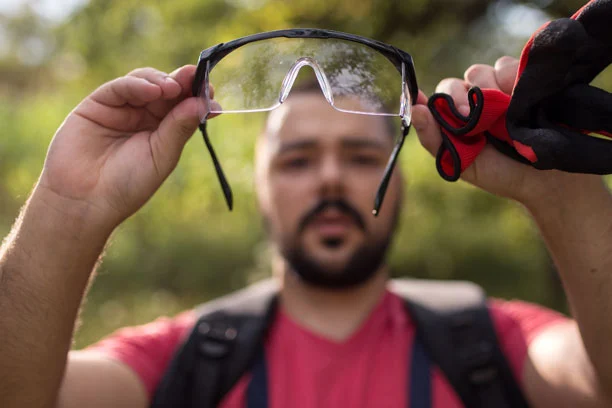A Guide to Eye Protection for Your Employees


Protecting employees' eyes should be a priority for your business. 90% of on-the-job eye injuries could be prevented or could be less severe if workers were using the right eye protection.
And injuries aren’t only dangerous for your workers — when people are missing work to get care or heal, it can slow down your operations and impact your bottom line.
Here are some reasons why your workers’ eyes could be prone to injury and tips on how to prevent eye injuries in your workplace.
Eye injuries can stem from issues such as:
Jobs with a high risk of debris, chemicals or fluids striking the eye are more likely to cause eye injuries. Some of those jobs include:
While not all eye injuries can be prevented, most happen because workers were either not wearing eye protection or they were not wearing the right type of eye protection. To protect your employees, you need to choose the right protective eyewear for work based on the types of eye injury they are more likely to face.
You can also take steps to make eye injuries less likely. Use guards on machines that could create dust or debris, and separate workstations so fewer employees are exposed to hazards.
The Occupational Safety and Health Administration (OSHA) eye protection requirements set standards for the types of eye protection workers need, based on the likelihood of an injury. As an employer, you’re required to take certain steps to help keep your employees safe.
At Farm Bureau, we know that a lot of different factors go into protecting your business. That’s why we offer a range of commercial and business insurance options to meet the needs of clients in a range of industries. To learn more about the coverage options we offer and how we can customize them to your business, reach out to Farm Bureau.